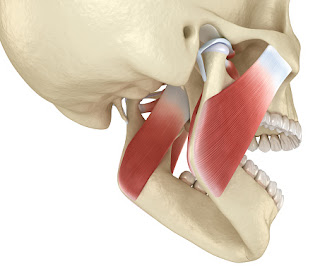How Do You Know You Have Scoliosis
Your spine is made up of small bones called vertebrae that are stacked on top of each other. It also has a natural curve that helps you bend and move. When you have scoliosis, your spine curves more than it should. It forms a "C" or "S" shape. Usually the curve is mild and doesn't affect your appearance or health. Yet it can get worse over time. It can also cause scoliosis back pain and other health problems.
Scoliosis can affect children or adults. Some kids are born with it. Most of the time, the cause is unknown. Adults can get it later in life, too. Here's how to spot the symptoms of scoliosis in yourself or your child. If you think you have it, see your doctor. During the early stages of scoliosis, there aren’t many symptoms.
This is particularly true in children. Scoliosis can remain undetected until children reach the rapid growth phase in adolescence. It can be difficult to identify in adults, because it’s easy to misinterpret as back pain. This is especially true if you have a milder form of the condition.
Small clues can point toward an abnormal curve in your spine, such as ill-fitting clothes. You may even notice abnormal posture, such as uneven hips, or a shoulder blade that is higher than the other.
Other signs of scoliosis include:
a head that isn’t centered on the body
hips that sit at an angle
a spine that is visibly not straight
The pain you experience with adult onset scoliosis is the result of pressure on your spinal disks. But scoliosis can cause pain for other reasons. The curvature of the spine can stretch, irritate, or squish nerves. It can also strain joints, causing them to become worn or inflamed. Scoliosis also affects your posture, which leads to muscles tightening or becoming tired, causing pain.
In children, the spinal curve can increase without treatment. This is because the brain doesn’t realize that the body’s posture is no longer aligned. Because the child’s brain won’t instruct the muscles to repair the curve, the spine continues its abnormal growth.
Some activities and exercises can make scoliosis symptoms worse or increase the risk of secondary injuries. People with scoliosis should avoid:
Keeping the neck bent forward, so the head faces down, such as when using a smartphone. Playing football and other high-contact sports are dangerous for people with scoliosis. Ballet and gymnastics may also injure the thoracic spine.
Repeatedly extending the torso, which can occur in some yoga positions, ballet steps, and gymnastics maneuvers. Exposing the spine to repeated impacts from jumping or running. Common culprits include trampolines, horseback riding, and long-distance running on hard surfaces.
Over-the-counter medicines like acetaminophen (Tylenol) and ibuprofen (Advil) may help relieve pain. Talk to your doctor if these medications don’t work. They may prescribe stronger pain medication or refer you to a pain clinic. Some antidepressants can also be used to relieve pain because they have a direct effect on pain in addition to mood.




Comments
Post a Comment